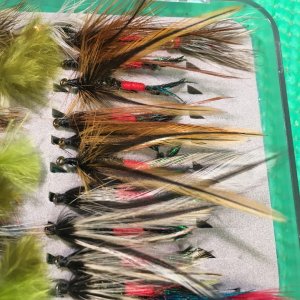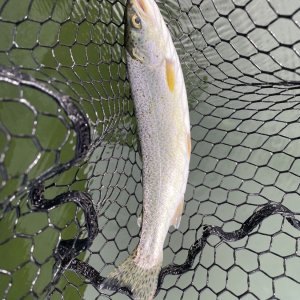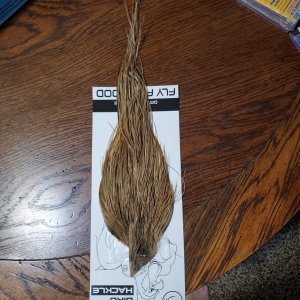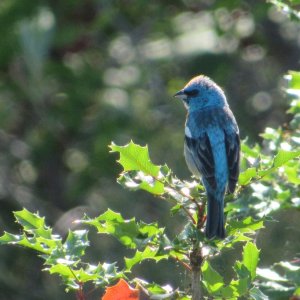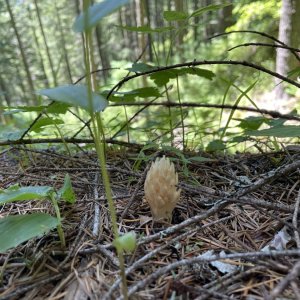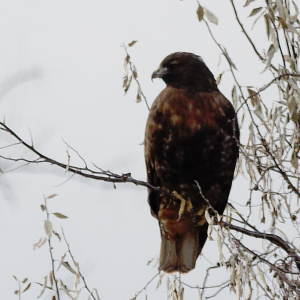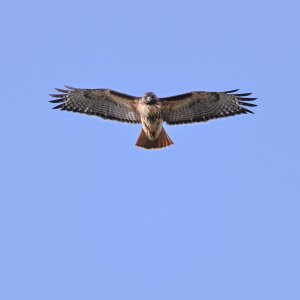Hey y'all. I'm still in the beginning of learning how to read flow data and how that affects my fishing plans, so I have a question for the more experienced folks on the forum. Is this flow pattern normal? Or some glitch in the data?
I'm aware of a few patterns like seasonal runoff, Post-rainfall swell of rivers, and on dammed systems the occasional release if a reservoir needs it but this just seems funky to me. A ~2000 cfs jump in a little under 2 hours and subsequent fall a little later in such a consistent pattern seems like it might be harmful to aquatic life in the river system? Did the latest batch of storms really throw so much water into diablo lake that they need to release a whole bunch of water in bursts? Would love to hear people's thoughts.
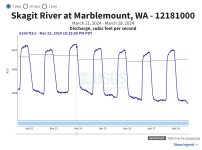
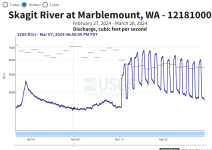
I'm aware of a few patterns like seasonal runoff, Post-rainfall swell of rivers, and on dammed systems the occasional release if a reservoir needs it but this just seems funky to me. A ~2000 cfs jump in a little under 2 hours and subsequent fall a little later in such a consistent pattern seems like it might be harmful to aquatic life in the river system? Did the latest batch of storms really throw so much water into diablo lake that they need to release a whole bunch of water in bursts? Would love to hear people's thoughts.


Last edited:

